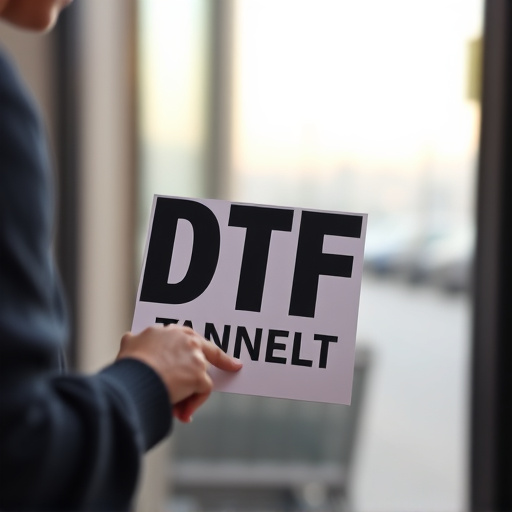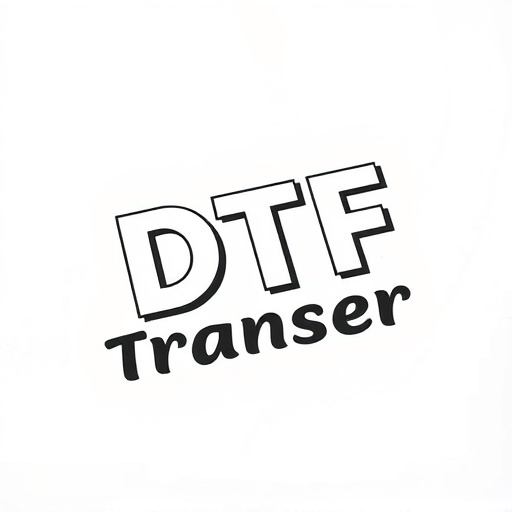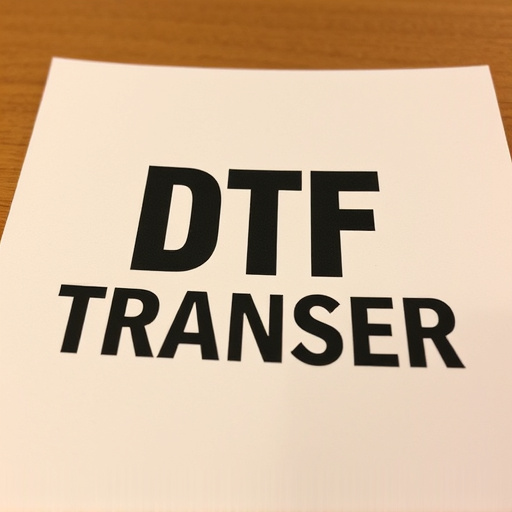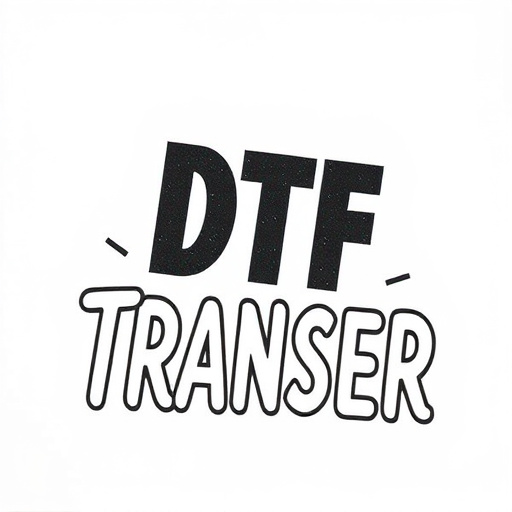DTF (Direct to Fabric) prints are revolutionizing the apparel industry with cutting-edge technology, offering high-quality, vibrant designs directly onto diverse fabric surfaces. This method eliminates the need for intermediate materials, ensuring exceptional durability and rich color palette alignment with fabric texture. Specialised inks applied precisely using heat presses or digital printers enable intricate patterns and precise design reproduction. Ideal for fashion designers, artists, and businesses creating unique garments and accessories, DTF prints cater to high-end fashion and custom athletic wear with efficient production runs and minimal setup costs. Versatile applications on various fabrics maintain superior quality and aesthetics, making it a favorite among designers aiming visually captivating clothing lines.
“Discover the world of DTF (Direct to Fabric) prints and their transformative potential for specialty clothing. This comprehensive guide explores how transfers, a key component in DTF printing, offer unique design advantages. From understanding the technology to choosing the right transfer technique and essential materials, we demystify the process. Learn a step-by-step application method and master best practices to avoid common mistakes. Elevate your clothing designs with DTF Prints today.”
- Understanding DTF Prints: A Brief Overview
- Advantages of Transfers for Specialty Clothing
- Choosing the Right Transfer Technique for Your Design
- Materials and Tools Required for DTF Printing
- Step-by-Step Guide to Applying Transfers on Clothing
- Best Practices and Common Mistakes to Avoid
Understanding DTF Prints: A Brief Overview

DTF (Direct to Fabric) prints are a cutting-edge technology revolutionizing the way specialty clothing items are designed and produced. This innovative method allows for high-quality, vibrant prints directly onto various fabric surfaces, including those used in apparel, accessories, and home textiles. Unlike traditional printing techniques, DTF eliminates the need for intermediate surfaces like paper or vinyl, enabling direct application to the fabric, resulting in exceptional durability and a rich, immersive color palette.
The process involves specialized ink that is precisely applied using a heat press or digital printer, ensuring that each design element aligns perfectly with the fabric’s texture. This direct contact not only enhances the print’s longevity but also allows for intricate and detailed patterns, making DTF an ideal choice for creating unique, eye-catching garments and accessories. With its ability to reproduce complex designs with precision, DTF prints offer a versatile and dynamic solution for fashion designers, artists, and businesses seeking to bring their creative visions to life on specialty clothing items.
Advantages of Transfers for Specialty Clothing
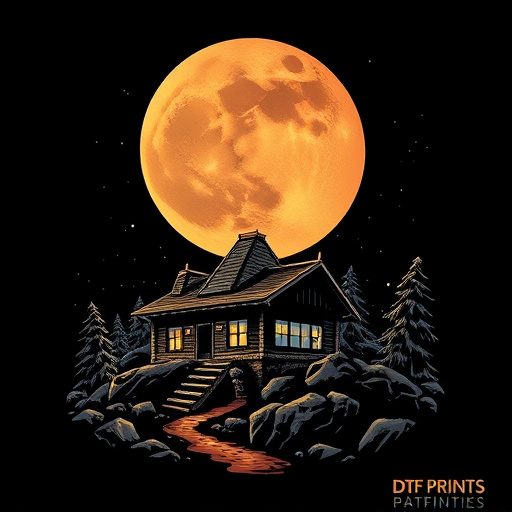
Transfers, especially Digital Termic Transfers (DTF), offer a multitude of advantages for specialty clothing items. Firstly, they allow for intricate and detailed designs that can be tailored to specific garments, ensuring each piece is unique and personalized. This level of customization is particularly appealing in high-end fashion or custom-made athletic wear, where customers seek one-of-a-kind pieces. DTF Prints enable efficient production runs without the need for complex set-up costs, making them a cost-effective solution for small to medium batch sizes.
Additionally, transfers provide a versatile printing method that can be applied to various fabrics and surfaces, catering to diverse clothing requirements. Whether it’s smooth silks, textured knits, or even technical materials, DTF technology adapts well, ensuring the final product maintains its quality and aesthetics. This versatility, coupled with the ability to incorporate vibrant colors and high-resolution imagery, makes transfers a preferred choice for designers aiming to create visually stunning and specialized clothing lines.
Choosing the Right Transfer Technique for Your Design
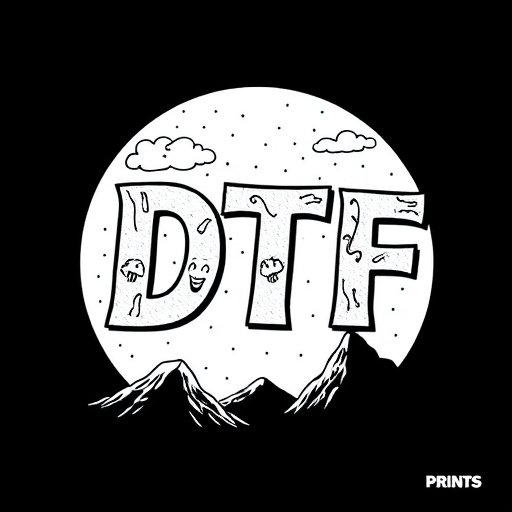
When designing for specialty clothing, selecting the appropriate transfer technique is key to achieving the desired aesthetic and ensuring the design’s longevity. Different methods like DTF (Direct-To-Fabric) Prints offer advanced options for creating vibrant, long-lasting images directly on various fabrics. This modern approach allows for a wide range of colors and intricate details, making it ideal for complex designs that demand high-quality visuals.
Considering the fabric type, design complexity, and desired outcome will guide you in choosing the right transfer technique. For instance, DTF Prints excel at producing sharp, detailed graphics on diverse materials, catering to both simple and elaborate design concepts. By understanding these factors, designers can make informed decisions, ensuring their creations not only look stunning but also withstand the rigors of everyday wear.
Materials and Tools Required for DTF Printing

Creating DTF (Direct-To-Fabric) prints for specialty clothing requires a specific set of materials and tools to achieve high-quality results. The process starts with choosing the right fabrics, which can range from cotton and linen to polyester and nylon, each offering unique properties suitable for different designs and effects. You’ll also need a cutting plotter or vinyl cutter to precisely cut out the design elements, ensuring they align perfectly with the fabric patterns.
Essential tools include a heat press machine for applying the prints to the fabric, along with appropriate heat-transfer paper and inks. The heat press sets the ink into the fabric fibers, resulting in vibrant, long-lasting DTF prints. Additionally, a clean work surface, such as a cutting mat or glass table, is necessary to protect your workspace and ensure accurate design placement during the transfer process.
Step-by-Step Guide to Applying Transfers on Clothing
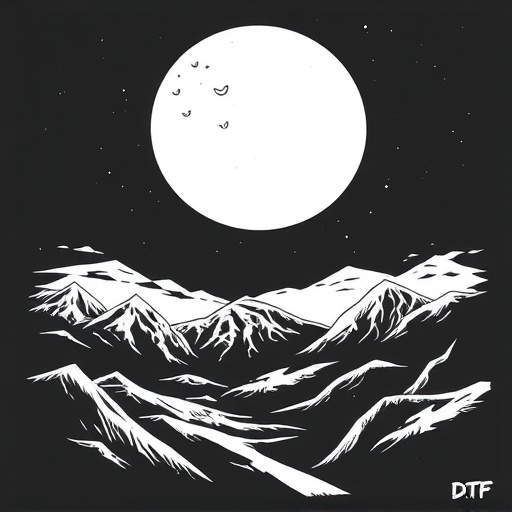
Best Practices and Common Mistakes to Avoid
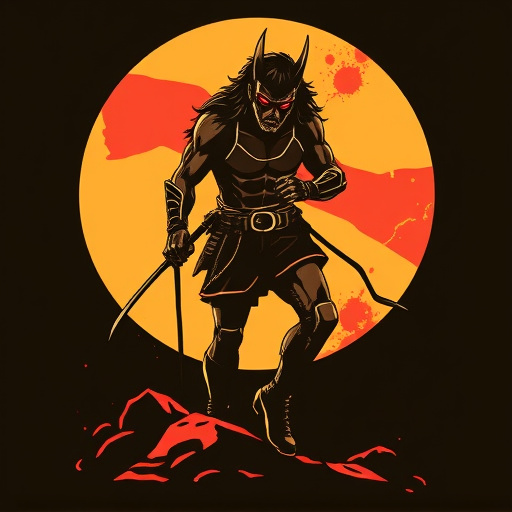
When applying transfers to specialty clothing items, whether for artistic expression or functional purposes, adhering to best practices is essential to ensure high-quality results and prevent common mistakes. One crucial aspect is using suitable materials designed for the specific fabric type. For instance, DTF (Direct to Fabric) prints offer excellent adhesion to a range of fabrics, making them a popular choice for clothing applications. However, mismatching the print material with the garment can lead to poor outcomes, including peeling or fading.
Another common pitfall is neglecting preparation and surface treatment. Garments should be clean, dry, and free from oils or coatings that could interfere with adhesion. Failing to properly prepare the fabric may result in transfers not adhering correctly or having an uneven finish. Additionally, exceeding recommended application times or using excessive heat can damage the garment or transfer, so strictly follow manufacturer instructions for optimal results.











